
The history of the people who preserved and passed down the traditional lifestyle cultures of Korea.
In Japan, the name “Richo” has long been accepted among people who love antique items. The “Richo Dynasty” is the popular name in Japan for the “Joseon Dynasty,” a Korean dynastic kingdom led by Yi Seong-gye that lasted for approximately five centuries from the early 14th century until the annexation of Korea in 1910.
Traditional crafts such as porcelain and furniture that were created in this era were constantly held in high regard, and they are known to maintain their high value in the market today.
The main characteristic of the crafts from the Richo Dynasty, which have constantly mesmerized many “experts,” is its “simplicity.”
While the crafts from the Koryo Dynasty, which preceded the Richo Dynasty, featured elegant styles with intricate decorations based on advanced technologies, the crafts from the Richo Dynasty were generally simple and unadorned with no fixed shapes or color tones, and sometimes feature a “rough” finish. The shift of the country’s established religion from Buddhism to Confucianism was believed to be one of the reasons for this change in styles. In the teachings of Confucianism, one of the core values is the importance of being “honest” (having a pure heart with no selfish desires,) and it was looked down upon to be extravagant and flashy. Joseon white porcelain, which was made without the use of any flamboyant enamels, is thought to symbolize the religious values of that era.


Among the many crafts from the Richo Dynasty, the tea bowl, which was created by Murata Juko, known in Japanese cultural history as the founder of the Japanese tea ceremony during the middle of the Muromachi period, was treasured as a perfect compliment with the aesthetic beauty of the simplicity and elegance of the culture of “wabi-cha” (a style of Japanese tea ceremony.)
During an era where luxury goods imported from China, where the most advanced techniques were found, were touted as “karamono (Chinese objects)”, they viewed the simple tea bowls, made in Korea as everyday utensils, and as luxury items. These tea bowls were referred to as “Koryo tea bowls,” but this was because the country of Korea was also referred to as “Koryo” at the time. Therefore, the name refers to tea bowls made during the Richo Dynasty, and not as “tea bowls from the Koryo Dynasty.”


While being beloved among select groups of aesthetes, the allures of crafts from the Richo Dynasty, which did not become widespread among the general public for a long time, started to attract attention from the masses thanks to Yanagi Soetsu, a Japanese philosopher and founder of the Mingei Movement in Japan in the late 1920s and 1930s between the Taisho and Showa periods, who insisted on showcasing their beauty. Yanagi was first exposed to Korean handicrafts in 1914, when he was given a Richo Dynasty-style chamfering pot as a gift from Noritaka Asakawa who had come to visit him from Korea, and became highly impressed by its simplistic beauty.
Noritaka Asakawa’s brother Takumi, who had travelled to Keijo (modern-day Seoul) as a forestry technician a year earlier, was also known as a passionate collector and researcher of Korean handicrafts and ancient ceramics. At the time when Korea became a colony of Japan and their ethnic cultures were looked down upon, the Asakawa brothers saw that their crafts were quickly disappearing in front of their eyes and established the “National Folk Museum of Korea” in Keijo in 1924 in order to protect and pass down these cultures. Yanagi was very critical of the Korean cultural assimilation by the Japanese government at the time, and showcased his understanding and support for Korea’s independence movement.


“Yanagi Soetsu and the Asakawa brothers are heroes to me. They fought for Koreans using their pens in that era. I believe that it was a very difficult situation for them, as if they were putting their lives on the line,” says Jeong Yong-hee, owner of Korean cafe “Risei” located in Demachiyanagi, Kyoto. Jeong’s father Jeong Jo-mun was the founder of The Koryo Museum of Art in Kita-ku, Kyoto.
Jo-mun, who was born in Korea in 1918 and moved to Japan with his parents during his early childhood, graduated elementary school while working on the side. After the war, he managed a restaurant while collecting Korean antiques, and later founded The Koryo Museum of Art in 1988. As a first-generation ethnic Korean living in Japan, he put a lot of work into investigating and researching Korean antiques to help spread understanding of his home country’s culture through works of art.


“I myself am not a researcher of Korean art, so it may be coming from the point of view of an amateur, but I do consider myself an enthusiast. I was made to take care of these types of antiques from a young age and had frequent contact with them growing up.”
For Jeong, it’s been 20 years since he opened “Risei” as a space to teach people about Korean craftwork and food cultures. It was the existence of a store run by a Japanese owner that initially motivated Jeong to open this cafe.
“Around 30 years ago, I visited a coffee shop named “Sabo Rihaku” located in Jimbo-cho, Tokyo (relocated to Kyodo in 2004, and closed in 2014) run by an owner who was also an enthusiast of crafts from the Richo Dynasty, and I was shocked when I stepped inside.
The owner was very passionate, and even carefully preserved wastepaper if it was from the Richo Dynasty. He told me that “he was envious that I was born from an ethnic group that created such beautiful items, and that his dream was to spend his last days in a traditional Korean mud and straw roof house.”
I felt a sense of culture shock about why this Japanese man had such strong feelings towards Korean arts and crafts. From a feeling of wanting to learn more about their allure, I decided to open my own store, and I’ve just started to see a glimpse of what makes the crafts from that era so special after being face to face with them throughout the years.”


The wide range of ceramics and furniture from the Richo Dynasty, including a large white porcelain vase, painted Mishimade tea bowl (Buncheong ware,) Ban Daji and Tag Ja (tables) found in all corners of the cafe were not items inherited from his father. “I purchased all of these items with monthly installments one by one, and everyone you see here I collected myself.” Most of the crafts from the Richo Dynasty don’t have complex designs or flashy decorations and are solidly built, utilizing the natural textures of the raw materials. Jeong has continued to be exposed to their inner beauty through his day to day life.
“Today, crafts from the Richo Dynasty are considered to be luxury items, but they were originally everyday articles that were regarded as folk art and not as flashy items. The terrain in Korea contains a lot of bedrock, and during ancient times wood was considered a valuable natural resource, so even trees that were curved were used as they were. To make the most out of the materials, the furniture was made according to the shape of the wood, so each item features a unique size and shape and no two are perfectly alike. The finish is not perfect, but that’s also where its charm lies. In Japan, there an aesthetic sense in art referred to as “wabi-sabi” (emphasizing quiet simplicity,) but this point of view can be found in the cultures of other countries as well. Character can be found anywhere.”


The culture that Jeong has continued to convey through his cafe, “Risei,” was born from the everyday lives of common people in Korea. Embedded into that culture is the presence of food. In particular, the traditional tea made from herbal medicine that was believed to have medicinal effects was an important part of the culture of everyday life in Korea that has been passed down to this day.
“Common people couldn’t afford to drink expensive tea such as green tea, so instead they spent the time between their grueling field work and made tea by grinding tree roots and leaves, soaking pine nut seeds, Chinese wolfberry fruit and jujubes and adding honey to make it easier to drink. It quickly became a staple drink in peoples’ everyday lives, and has a history of developing into a nourishing “substitute tea.” Japanese people may not be familiar with this culture, but even though kimchi was not eaten in Japan in the past, today it has become a popular dish enjoyed by everyone. I believe that the cultural exchange begins the moment you taste something and think it is delicious. It would be great if people could take it one step further and experience it for themselves.”


Last year, he opened his second store, “Teramachi Risei,” which specializes in traditional Korean tea and sweets. The interior of the store was decorated with Jeong’s unique sense of design, with a blend of Japanese and Western crafts and crafts from the Richo Dynasty. Behind these crafts lies the history of the many people who discovered the allure of cultures, including arts and crafts and connect with one another by preserving them.
“No matter how small an ethnic group is, people hold a sense of pride in their own cultures. I myself have received discrimination as a Korean national living in Japan and have wondered why I wasn’t born in my own home country, but now I feel that I was very lucky to have been born here. This is because I am able to understand the two different cultures of Japan and Korea. I finally understand that my father was correct in not making the easy choice to be naturalized as a Japanese citizen in order to eliminate tensions. The two neighboring countries are like brothers who have a history of sharing cultures, so it would be great if one day they could become friendly with each other. Although I don’t plan on keeping this store open forever, I want to go as long as I can. I believe that this is my destiny in life.”

RISEI
448-16 NISUJIME HIGASHIIRU, KAWARAMACHI-DORI IMADEGAWA SAGARU, KAMIGYO-KU, KYOTO CITY, KYOTO 602 0841
075 255 6652
Business Hours : 11:00-17:30
Closed : Monday, Tuesday
TERAMACHI RISEI
633 SHIMOGORYOMAECHO, NAKAGYO-KU, KYOTO CITY, KYOTO 604 0995
075 585 5085
Business Hours : 12:00-18:00
Closed : Tuesday
Survey, defined as: to examine or inspect. In these features, we will be reporting on things, people, places, or cultures that inspire us in our daily work of making products.
edit & text: Kosuke Ide
photo: Keisuke Fukamizu



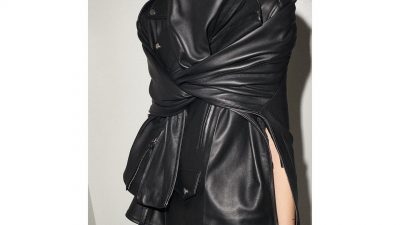
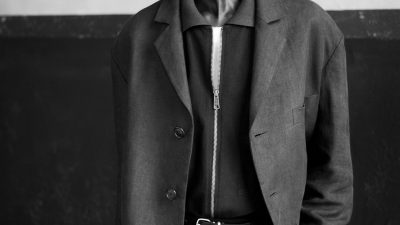

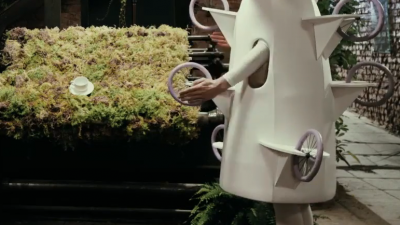



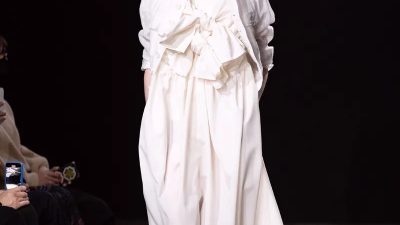
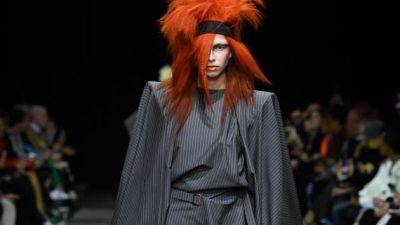
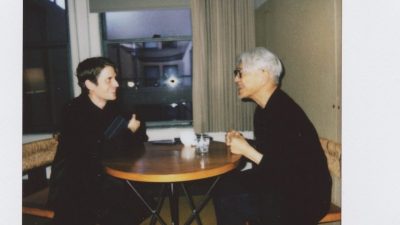
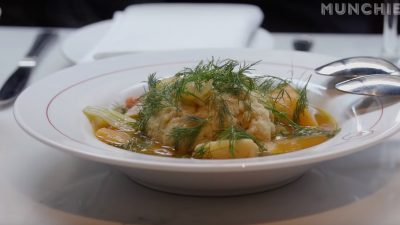


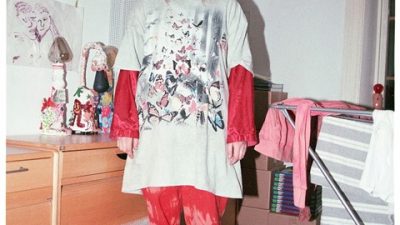



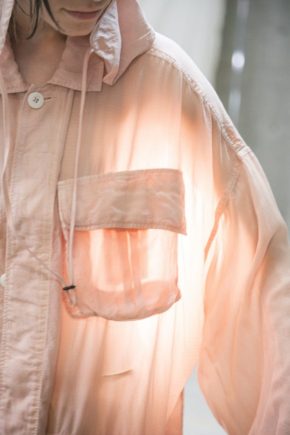
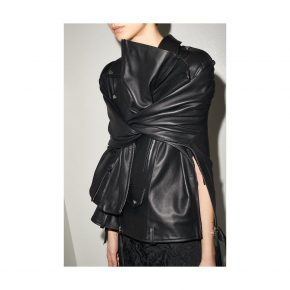
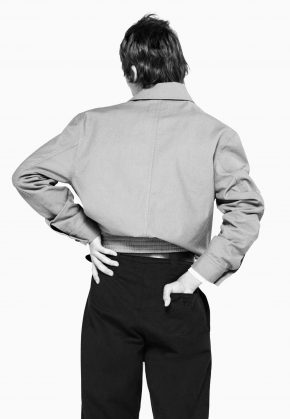
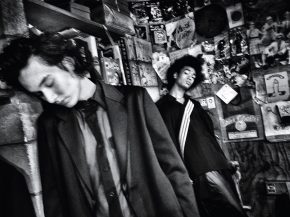
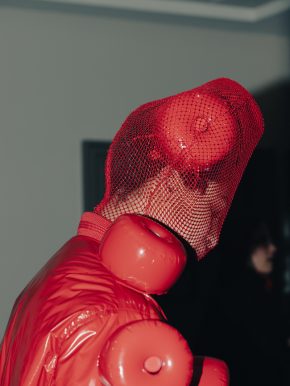
Comments